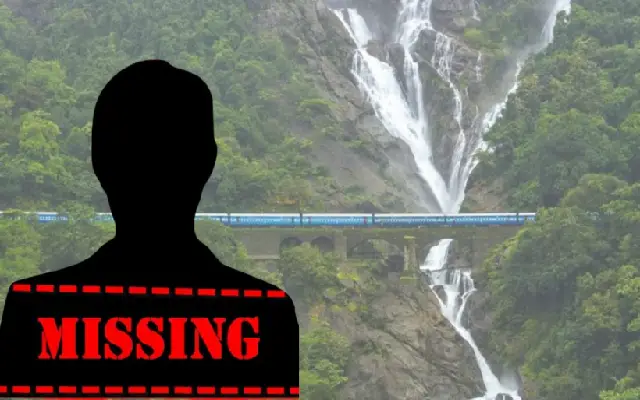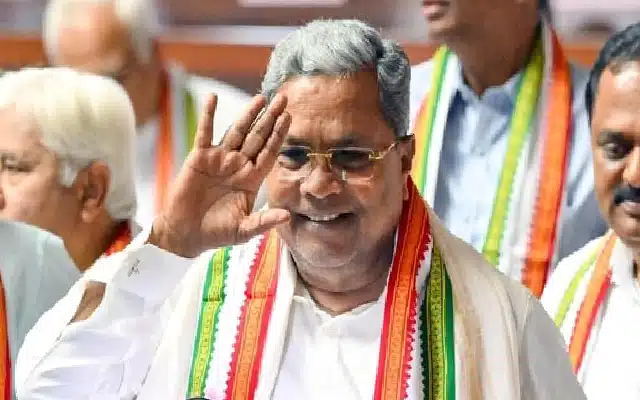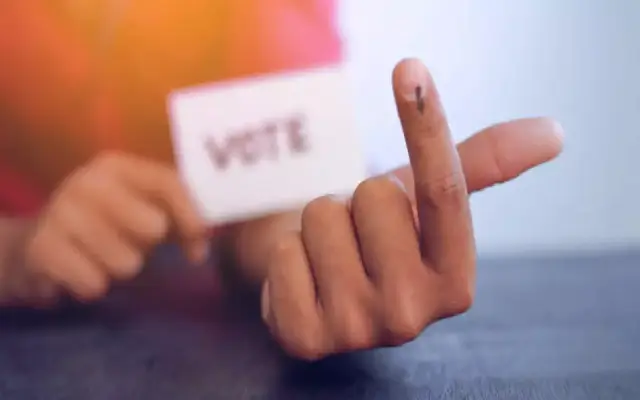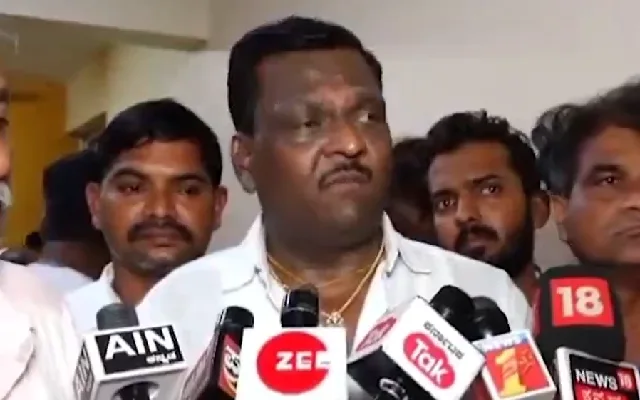 The Chinese attack on the Indian Position in Ladakh has surprised the world for many reasons. First called a skirmish, and then an attack resulting in only three casualties, and finally a (fire)fight without any fire resulting in twenty casualties on the Indian side. Reports say 43 on the Chinese side but as usual, they have not confirmed it. No shots were fired. The motive for the attacks is as yet unclear, especially when de-escalation was underway, and the question is how big a force would China have used to cause twenty casualties among the fully committed, very heavily armed and combat-ready soldiers without any bullets being fired.
The Chinese attack on the Indian Position in Ladakh has surprised the world for many reasons. First called a skirmish, and then an attack resulting in only three casualties, and finally a (fire)fight without any fire resulting in twenty casualties on the Indian side. Reports say 43 on the Chinese side but as usual, they have not confirmed it. No shots were fired. The motive for the attacks is as yet unclear, especially when de-escalation was underway, and the question is how big a force would China have used to cause twenty casualties among the fully committed, very heavily armed and combat-ready soldiers without any bullets being fired.
The nature of combat has seen interesting changes over the last two centuries. The hand to hand combat by infantry troops in the nineteenth century graduated to heavy weapons with the industrial revolution that came about from 1760 to 1840. Soon the weapons became bigger and bigger and after the first human flight in a powered and sustained aircraft in 1903, the use of aircraft in battle was a natural outcome that had to follow. Within 4 decades of that development, use of the first two atomic bombs in quick succession in war caused a total reset of the battle scene.
War has now turned silent, each nation arming itself to the teeth with weapons that could never be used and their delivery systems so dangerous that several command, communication and control levels had to be created only to store and handle them safely. With the atom bomb capturing the largest possible ‘Bang for each Buck (spent)’, and the total failure of organized forces against Guerrilla warfare in Vietnam, overt battles transitioned into a Cold War and then began terror attacks on civilian targets. The biggest game-changer was the WTC Attack which was followed by the ‘Arab Spring’ where mass communication using modern technology played a very big role in street uprisings bringing about leadership changes at the national level for the first time in human history.
The Chinese attack in the Galwan valley is the new game-changer. For the first time, no shots were fired and the weapons apparently consisted of knives, sticks wrapped in barbed wire and stones, much like it would have been long, long ago. India’s acceptance of twenty casualties in the incident makes it clear that the Chinese attacking force would have been at least double that number, for them to inflict so many casualties on heavily armed troops. This by itself shows that our perception of China may have been way off the mark. It is quite interesting to see just how this came about.
Nature abhors a vacuum and the global dominance by the Western hemisphere at the end of the last century led to a counterbalancing act of Russia silently weaponising itself much more than permitted under agreed treaties. While the western nations have overbearing bureaucracies and active dissent built into their political systems with a very good reason, the autocratic leaders of the communist regimes do not face any such ‘burdens’ and are free to carry out their political mischief in any way they can think of, with no one to question them.
China meanwhile has been strengthening its business acumen and competing with the West on the business front to the extent that until very recently even a tech giant like Apple was outsourcing the manufacture of some iPhone components to Chinese manufacturers. Similarly the Chinese have spread their tentacles into the economic systems of several nations by manufacturing and supplying key machinery and industrial components on a very large scale so that they could ensure cost-effective operations. In this manner, they have captured key sectors of several markets. Most of these nations now cannot exit the Chinese connection without severely damaging their industrial setups. The Trade Tariff war has managed to slow down this market infiltration by the Chinese and China is now sadly realizing that its methods have begun to backfire on itself.
For three decades now China has consistently maintained a double-digit economic growth and lifted more than 700 million citizens out of poverty, a feat without a parallel in human history. The one-party regime has admirably catered to different aspirations of different regions so that no sector or region has felt left out. This enabled it to modernise its war machine so that even if Russia has surged ahead of the West by developing hypersonic weapons, China using the copycat skills it is best known for, has developed stealth delivery systems that could perhaps match the best that the US has made until now.
By about 2010 China was in a position to call the shots on its neighbours and on the world stage. It was only when countries started observing it as a potential threat that it began to ‘Photoshop’ its image by portraying only a peaceful rise and peaceful development. The party began to be more responsive to prominent social groups, focusing on the interests of its masses more visibly, thus resulting in building a “Harmonious Society’ image so that ‘the power of the gun’ was not the most dominant theme on the citizen’s mind. A softer approach in resolving social disputes also worked to ensure that the political elite was not openly offended. These steps have ensured a stable power balance even while the internal governance of the party itself has remained as mercilessly strict as it has always been. These changes have brought China to a state that it could pretend on the world stage that it believes in peace and it will never inflict its hegemony on any nation.
While the definition of power in the previous centuries meant the ability to use force and justified the use of war to achieve a nation’s objectives, today war is too remote an arbiter for any nation to use for obtaining specific outcomes. The Indian Defence Review observes that the ‘relational power’ that exists between nations today, as defined by Joseph Nye, consists of commanding change, controlling agendas, and establishing change. This very neatly causes others to want for their good what you want them to do in the first place and so there is no need for you to forcibly ‘impose’ any change on them.
Whether the Galwan Valley attack turns out to be a military threat to India or a diplomatic challenge would depend on India’s response but one thing is very clear – that China need not be feared, because it cannot blindly resort to brute force the way other nations have done recently. It is too isolated on the world stage to get the support of any nation that matters, and more so after the Coronavirus it has gifted the world, even if unwillingly (as it claims). Any rash action by China could unleash a deadly response by several nations.
The trick would be to play China to its own game so that it has to look for a more positive role in the Indian subcontinent. This would make it want peace by active participation in multilateral initiatives. A proper show of force by India is very important now to retain the level of the discourse at a decent level and ensure that the outcome is satisfactory for all involved.
China has been seeing what it feels is a global decline in US respect and power worldwide, and is now hoping to capitalise on this and transition itself into taking the lead into who will run the 21st century.
A proper reminder from India, that for getting anywhere close to this goal, it will first have to keep its neighbourhood in peace, will do it a lot of good.


















